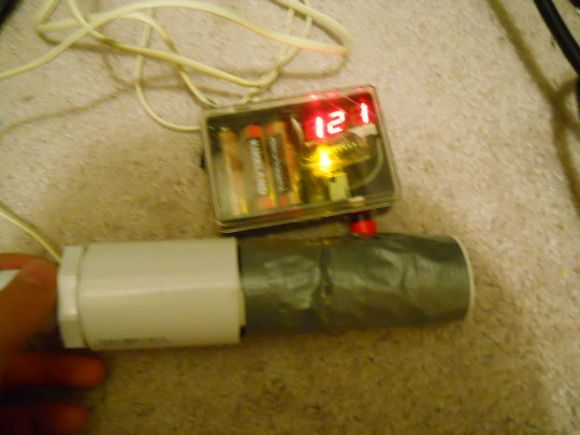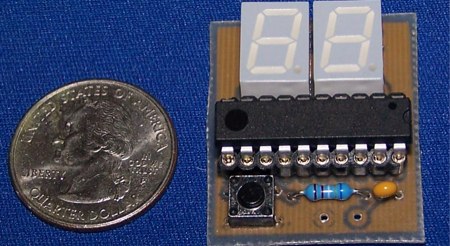When asked ‘what makes you tick?’ the engineers at Vacheron Constantin sure know what to answer – and fast, too. Less than a year after last year’s horological kettlebell, the 960g Berkley Grand Complication, a new invention had to be worked out. And so, they delivered. Vacheron Constantin’s Solaria Ultra Grand Complication is more than just the world’s most complicated wristwatch. It’s a fine bit of precision engineering, packed with 41 complications, 13 pending patents, and a real-time star tracker the size of a 2-Euro coin.
Yes, there’s a Westminster chime and a tourbillon, but the real novelty is a dual-sapphire sky chart that lets you track constellations using a split-second chronograph. Start the chrono at dusk, aim your arrow at the stars, and it’ll tell you when a chosen star will appear overhead that night.
Built by a single watchmaker over eight years, the 36mm-wide movement houses 1,521 parts and 204 jewels. Despite the mad complexity, the watch stays wearable at just 45mm wide and 15mm thick, smaller than your average Seamaster. This is a wonder of analog computational mechanics. Just before you think of getting it gifted for Christmas, think twice – rumors are it’ll be quite pricey.

















